Introduction
Cystitis is a bacterial infection inside the bladder which causes inflammation, resulting in discomfort during urination. A person often feels the need to urinate, but urination is painful with burning sensations. If left untreated then cystitis leads to kidney diseases.
Women are more likely to get bladder infections than men. The reason for this lies in the fact that the urethra is a urinating channel from the bladder to the outside of the body, and is very close to the anus in women. Anal bacteria can thus easily get to the urinary channels.
Bladder infections are more common in sexually active women and during menopause. However, infections can affect all women, regardless of their age. Every woman experiences this problem at some time in her life. Sometimes it is hard to fight off the infection, and a persistent infection reoccurs. If a woman has the infection more than three times a year, it is considered recurrent cystitis.
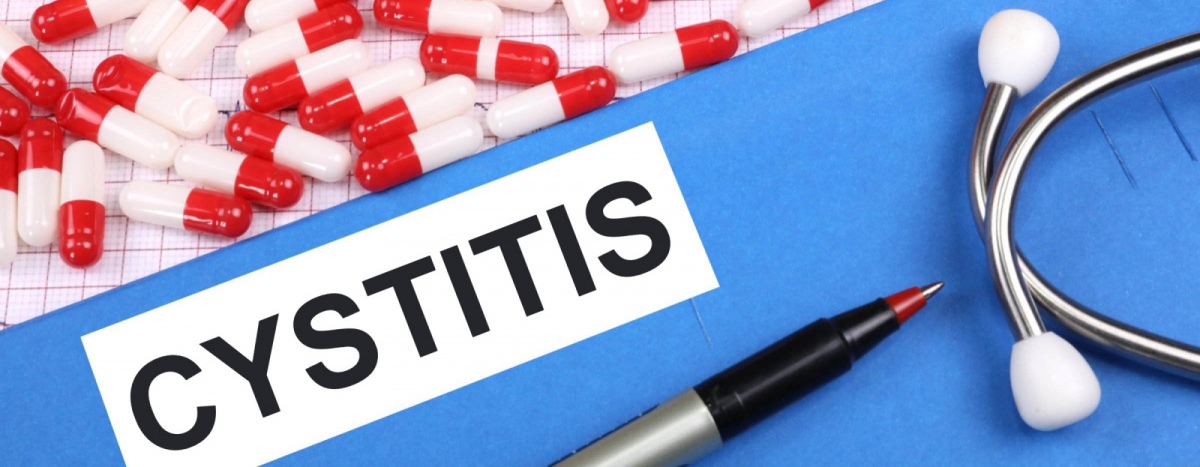
Cystitis in men may not be that common but it is more serious due to the underlying causes that cause urinary discomfort. An infection of the prostate, enlarged prostate, or a tumor cause the problems. Homosexuals are more prone to these infections.
Treatment
The treatment of cystitis involves drinking a lot of fluids about one or two liters a day, and taking painkillers or antibiotics. The symptoms usually wear off in a week or two. If the therapy has not been effective and the infection keeps coming back and a person is likely to have interstitial cystitis. Interstitial cystitis is also medically termed "Bladder pain syndrome" or "Painful bladder syndrome".
- Consultation and prescribing for International Classification of Primary Care (ICPC) codes U01 (dysuria), U02 (frequency), U05 (other urination problems), U70 (pyelonephritis) and U71 (cystitis) were determined from 2007 to 2010, using routinely collected primary health care data.
- Separately, behaviour of women with respect to managing cystitis, consultation and opinions towards (delayed) antibiotic treatment were studied using questionnaires in 2012.
- Consultation for U02 and U71 significantly increased from 93 to 114/1000 patient-years from 2007 to 2010; proportion of episodes in which an antibiotic was prescribed remained constant.
- Questionnaires revealed that urination problems and pain were dominant complaints of cystitis; pain medication, however, was not adequately used. One-third of women directly consult upon first symptoms, whereas the majority awaits an average of 4 days. Sixty-six per cent of women report to be willing to postpone antibiotic use.
Causes
This type of urinary infection does not have a clear cause, and it is characterized by pains in the bladder during urination and urgent and frequent urination. The symptoms are similar to cystitis, but pains are more intense when the bladder is full, and the bladder or pelvis is constantly under some kind of pressure. Other symptoms include difficulties in passing the urine.
While some people have pain in the bladder, others feel pain while urinating. Patients suffering from interstitial cystitis are mostly women of about 40 years of age. The causes of interstitial cystitis have not been identified.
If a person is diagnosed with interstitial cystitis, a doctor prescribes medications to relieve pains and includes bladder instillation or distension. In the method called bladder instillation, a solution containing medical substances and drugs is inserted into the bladder. The solution will ease the inflammation.
In the other method, bladder distension, the bladder is filled with water and increases in size. Surgery may be needed if these therapy methods fail to yield results.
- www.nhs.uk/conditions/interstitial-cystitis/
- www.nhs.uk/conditions/kidney-infection/
- Photo courtesy of Nick Youngson by Pix4free: pix4free.org/photo/30193/cystitis.html



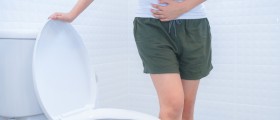
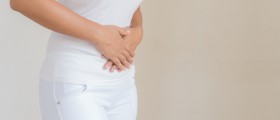

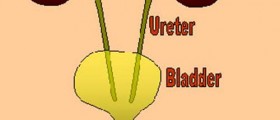


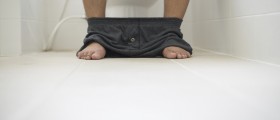
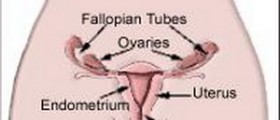

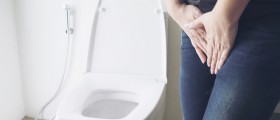
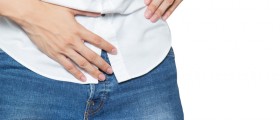
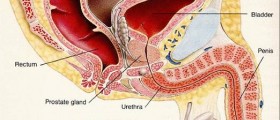

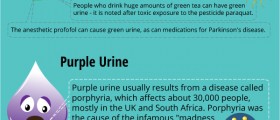
Your thoughts on this
Loading...